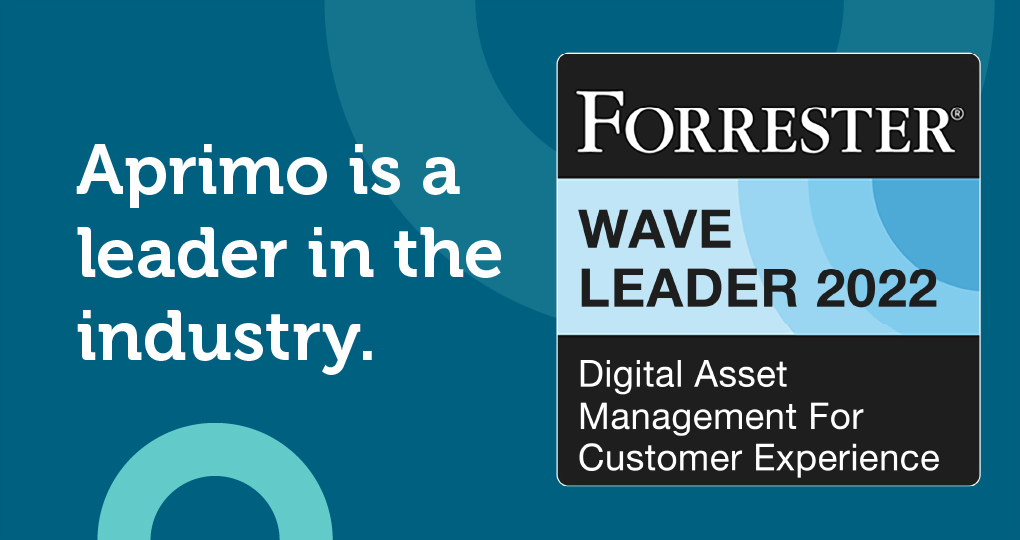Content Ops Automation: Redefining Marketing Workflows for the Digital Age

Welcome to the forefront of the evolution of content operations, where efficiency, scalability, and precision converge seamlessly. This blog details the latest in content ops automation, a game-changing approach to marketing workflows in today’s digital age. The demand for a unified solution has never been greater. Content ops automation combines innovative technologies with industry expertise to redefine how enterprises work, create, collaborate, and ultimately deliver stellar brand experiences at scale.

Introduction to Content Ops Automation
What is content ops? Short for content operations, it refers to the strategic management and orchestration of all activities involved in planning, creating, distributing, and analyzing content across various channels within an organization.
Content ops automation integrates advanced technologies and intelligent systems into the content operations landscape. Digital engagement reigns supreme, so marketing workflows must be agile and precise for businesses aiming to stay ahead of the competition.
Content ops automation alleviates the burden of manual tasks, letting marketing teams focus on creativity, strategy, and connecting with consumers. It goes beyond simply optimizing processes, representing a fundamental shift in how enterprises manage their content lifecycle.
Automating content operations ensures that marketing teams not only keep pace with the demands of the digital age but also gain a strategic edge by harnessing the power of data-driven insights and real-time adaptability.
Challenges in Traditional Marketing Workflows
Traditional marketing workflows that rely on manual content operations grapple with many bottlenecks and inefficiencies. One prevalent challenge lies in the time-intensive nature of manual tasks associated with content planning, creation, and distribution. As marketing teams juggle a combination of tools, the risk of errors increases.
Slow workflows have a ripple effect across marketing campaigns and content delivery. Content creation and distribution delays can result in missed opportunities and decreased audience engagement.
The intricacies of manual approval processes, version control, and the lack of real-time insights also contribute to a slow-paced environment that can’t meet the demands of the modern landscape. Slow workflows often compromise quality as rushed decision-making and inadequate review processes become the norm. This reflects poorly on the brand and undermines its ability to deliver content that resonates with the target audience.


Evolution of Marketing Workflows
The evolution of marketing workflows marks a pivotal transition from manual processes to liberating automated workflows. This journey paves the way for a future where marketing workflows are automated and optimized for innovation and unparalleled brand experiences.
Central to this transformation is the integration of cutting-edge technologies. Artificial intelligence (AI) is a game-changer, bringing capabilities that extend from predictive analytics to content personalization. Machine learning algorithms are crucial in deciphering consumer behavior, enabling marketers to make informed decisions and optimize content strategies in real time.
Cloud-based solutions offer a centralized hub for content operations, fostering collaboration and mitigating the challenges of traditional siloed approaches. The seamless integration of digital asset management (DAM) systems ensures a repository of valuable assets is readily accessible, promoting consistency and efficiency in content creation.
Role of Content Ops Automation in Marketing
Content ops automation helps marketing teams transcend traditional boundaries of content operations. For organizations of any size, automation speeds up content planning, creation, and distribution processes, paving the way for unprecedented efficiency, scalability, and innovation.
In large enterprises, implementing content ops automation has proven strategically valuable. For example, AI-driven content planning algorithms can optimize scheduling and predict trends. This foresight allows for agile strategy adjustments, ensuring content remains relevant and one step ahead of consumer expectations.
Moreover, automated workflows infused with machine learning capabilities create personalized content at scale. Large enterprises can harness this power to deliver tailored messages that resonate with diverse audience segments and promote more profound engagement.


Benefits of Implementing Content Ops Automation
Adopting automation in content operations offers a variety of benefits, the greatest being increased efficiency and productivity. Automating repetitive tasks helps marketing teams redirect their focus toward strategic initiatives. Real-time analytics give enterprises quick access to digestible insights that drive decision-making.
By centralizing content planning, creation, and distribution within a unified platform, organizations dismantle silos and promote easier communication and collaboration. Automation improves content quality and consistency via standardized processes and approval workflows, leading to stronger brand integrity and elevated customer experiences across all touchpoints.
Considerations for Implementing Content Ops Automation
Before adopting automation tools, organizations must consider key factors like the complexity of existing workflows, the chosen solution’s scalability, and the adaptability to future technological advancements.
One potential challenge lies in team members’ resistance to change. A culture that embraces innovation and provides adequate training is a must. Data security and compliance should also be top of mind to ensure the solution aligns with industry regulations and safeguards sensitive information.
Integration with existing systems is another critical factor. A comprehensive evaluation of how the automation tool meshes with current technologies and tools is essential for avoiding disruptions and optimizing efficiency. Scalability, too, should not be overlooked. The chosen solution should be able to grow in tandem with the organization’s expanding needs.





